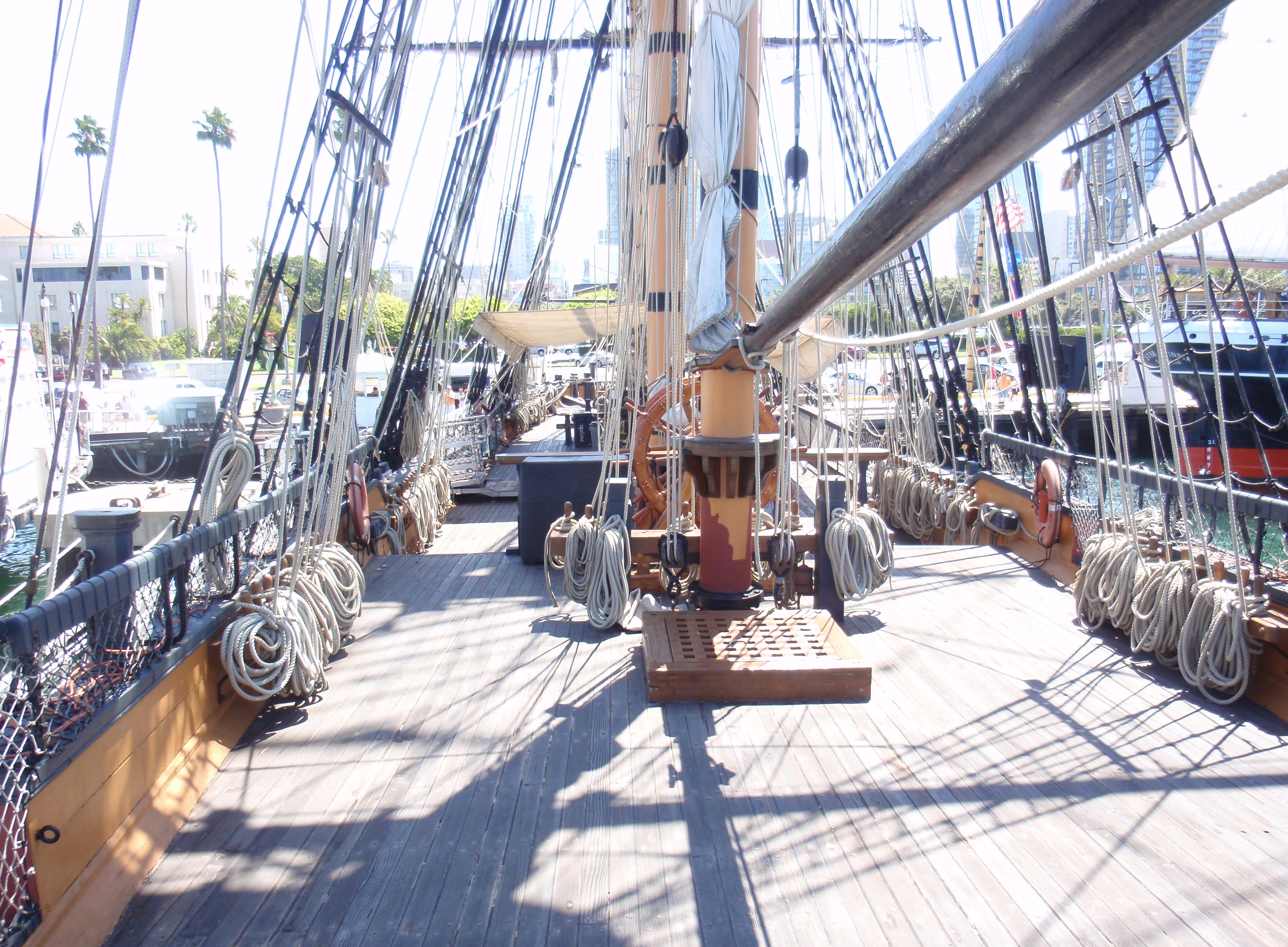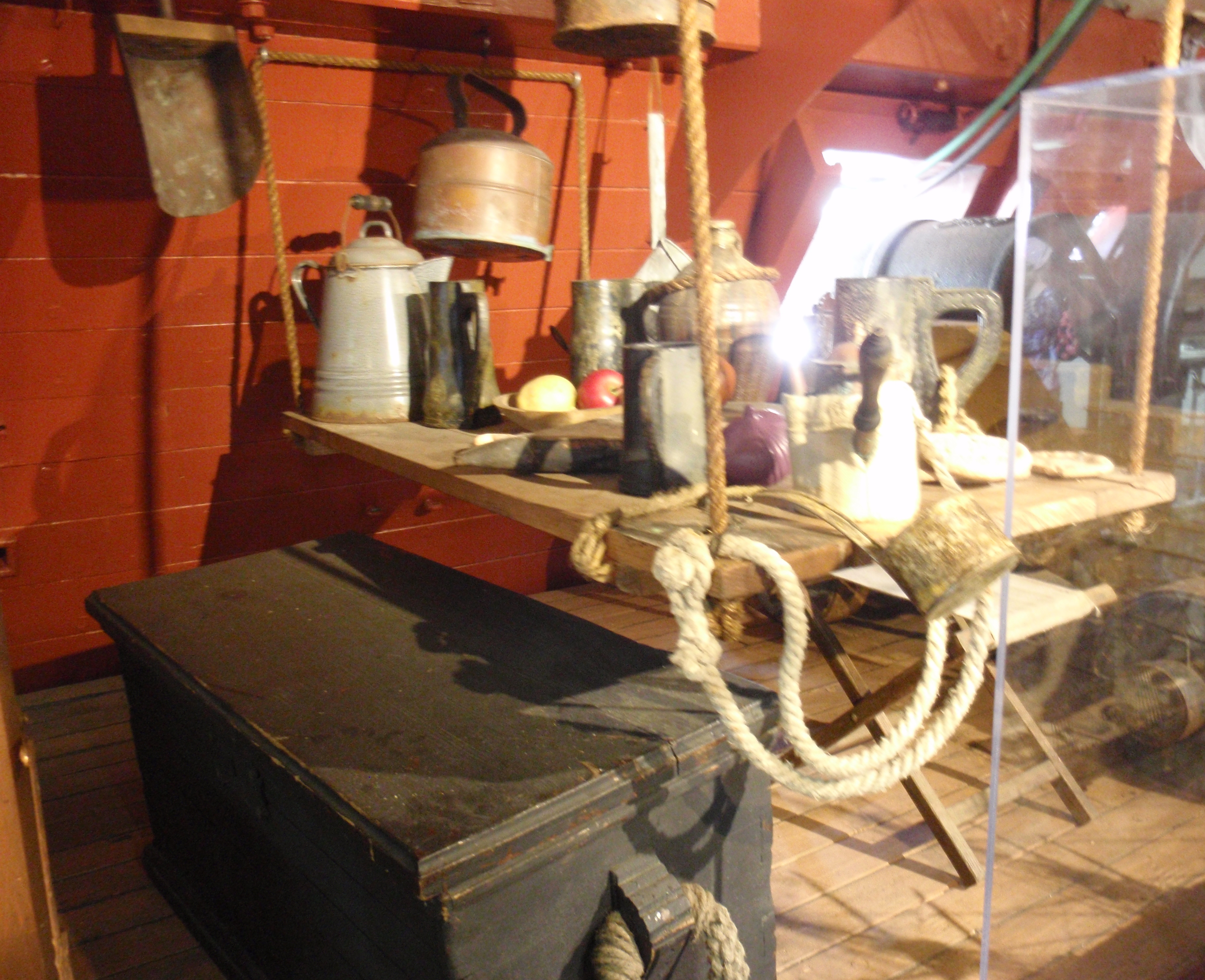
Author Eric Jay Dolin provides some indications of how lucrative it was to be a successful pirate in his book Black Flags, Blue Waters
Dixie Bull
The story of Dixie Bull provides one sliver of a view of the rewards from piracy. I won’t repeat the long tail of his adventures. Suffice it to say that he raided a fort after he and his crew decided to try their hand at piracy. His haul was estimated at £500.
The book provides the following prices for context:
- £24 – annual salary of a merchant vessel captain.
- £10 – purchase price of a house in Cambridge Massachusetts sitting on 6 acres of farmland and 5 acres of meadow land
Thomas Tew
Another tale of Capt. Thomas Tew in 1691 illustrates several points. He and his crew sailed to the Red Sea. They overtook a much larger vessel which had 300 soldiers and more cannons than they did. In spite of the imbalance they were able to win a quick victory.
Guesses are that each member of the crew earned a share in the range of between £1,200 and £3,000 each from that one capture. It was such a lucrative prize that the crew could not take all of the captive ship’s gunpowder with them – they had to leave some behind.
To put that haul into context, the book says this was a time when crewmembers could expect to learn something in the range of £1 or £2 per month.
At £12 or £24 a year, that haul of between £1,200 and £3,000 could be anywhere from 50 or 100 years wages or perhaps up to 125 years wages or even more. All that for a voyage that lasted perhaps 2 or 3 years.
No wonder the lure of piracy was so strong.
Their compact allowed for a much more lopsided distribution of the proceeds. When they returned to Rhode Island in 1694 reports were that captain Tew had wealth somewhere in the range of £100,000. From this he made a generous gift to the governor and paid back the people who funded the expedition 14 times what they invested.

Henry Avery
In 1695, Henry Avery had assembled six ships, including his own Fancy and Capt. Thomas Tew’s Avery in the Strait of Bab-el-Mandeb looking for laden Muslim ships. They captured the Fath Mahmomadi, taking something in the range of £50,000 or £60,000 of gold and silver.
They lucked out by coming across the Gang-i-Sawai, the largest ship in the fleet of Emperor Aurangzeb. It had 1,000 passengers, 400 rifles, and 80 guns, with enough soldiers to man all the weapons.
The large ship was captured after a several hour battle. The pirates were brutal and vile with the passengers and crew. The book estimates the booty from this ship was in the range of several hundred thousand pounds.
After splitting up the loot, each crew member on each of the six ships had £1,000. The contract allowed each captain a double share (£2,000) and the first mates share and a half.
Allow me a bit of speculation. Let’s assume the average crew size was about 80, as the author mentions a number of pages later. For six ships that is about 480 crewmembers. Let’s make some totally wild guesses on how much loot was split up:
- 80 – assumed number of crew members
- 81.5 – assumed number of shares assuming captain gets two and first mate gets one and a half
- 6 – number of ships mentioned in book
- 489 – assumed number of shares
- £1,000 – share of the spoils for each crew member according to the book
- £489,000 – wild guess on amount of loot split amongst the crew of the six ships
That puts the hall from those two captured ships at something in the range of half a million pounds.
I won’t go into details, but Emperor Aurangzeb was furious when he learned his ship had been looted. The East India Company had promised him to get the pirates under control. When it turned out they had failed spectacularly he took it out on the company, imprisoning all of the company’s workers for nine months until a deal could be worked out with substantial bribes and more serious promises to do something.
